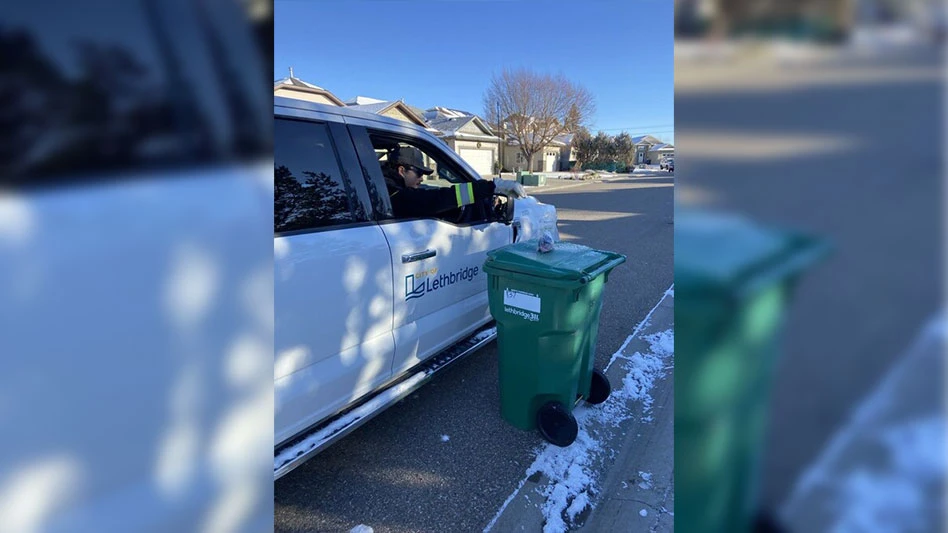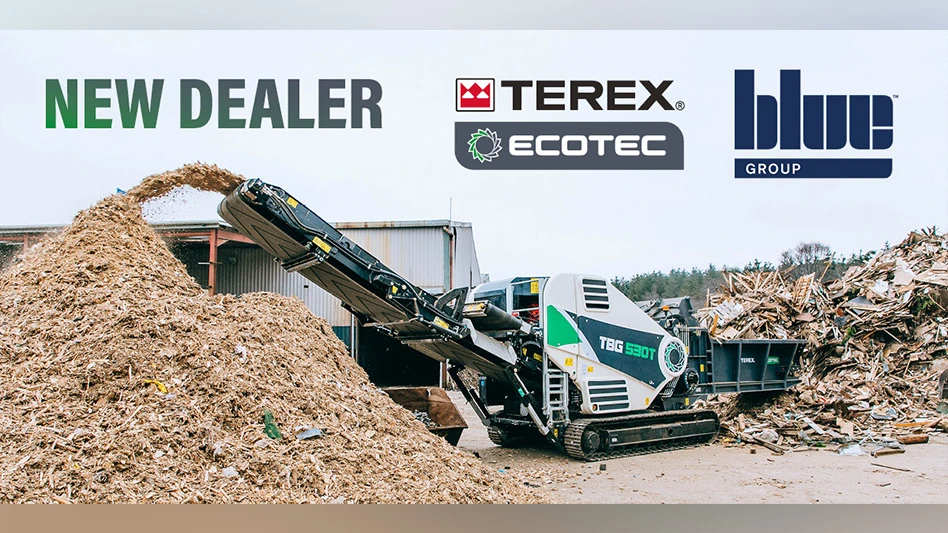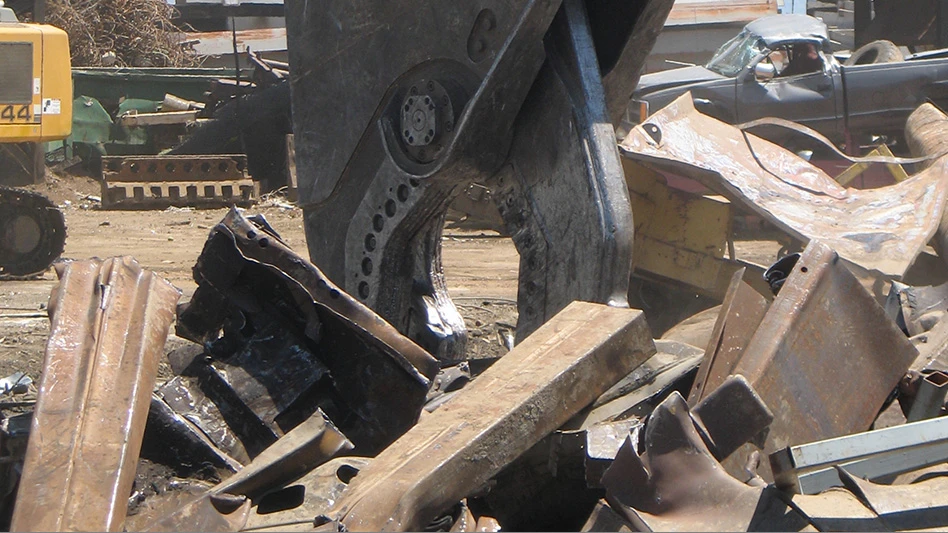
LAYING THE GROUNDWORK
The concept for the Beverage Container Recovery Program began in 2001 with a discussion paper that asked what waste recovery and recycling services residents expected the territorial government to offer.
The concept of recycling met with and overwhelmingly positive response from the public, and input from the public and key stakeholders resulted the Legislative Assembly passing the Waste Reduction and Recovery Act in October 2003.
This Act’s fundamental principles are:
- Reduce, Reuse, Recycle - Reduce waste, reuse and recycle materials.
- Polluters Pay - Makers and consumers of materials pay to prevent, to control and to fix pollution problems.
- Product Stewardship - Manufacturers of products are responsible for their products from beginning to end, including the disposal of those products.
- Universal Access - All NWT residents can participate in the programs that result.
The Waste Reduction and Recovery Act sets up a legislative framework for recovering different kinds of waste for reuse and recycling. The subsequent Beverage Container Regulations establish the Beverage Container Recovery Program, enable the establishment of community recovery depots and regional processing centres and the collection of refundable deposits and non-refundable recovery fees.
The success of this program was evident in its first month of operation, as more than 1.67 million empty containers were diverted from the waste stream, despite the number of challenges that had to be overcome. The NWT encompasses 1.3 million square kilometres and has a population of 43,000 people. The NWT consists of the city of
Beverage containers were first targeted for inclusion in the recovery system. All ready-to-serve drink containers (glass, plastic, aluminium, metals, waxed cardboard and tetra packs) are included, with the exception of milk containers. While the GNWT administers the program, private businesses or community organization perform all the handling and processing of collected materials.
All Beverage distributors must be registered with the GNWT. These distributors collect deposits and processing fees from retailers and remit these surcharges to the Environment Fund. Consumers pay deposit and processing fees to the retailer upon purchase of the beverage product and are refunded the full deposit when they return the container to a designated depot. For example, the deposit and recovery fees on a beer can total 15 cents, with 10 cents of that refunded at the depot.
SHOWING PROGRESS
By the end of November, 19 depots were licensed in communities representing more than 90 percent of the territories’ population.
Three regional processing centers have been established in
Recovered container are recycled and reused as much as possible. The GNWT has entered into an agreement with Brewers’ Distributors Limited of
The regional processing centres in
- High-density vertical balers from Harmony Enterprises Inc., Harmony, Minn., for baling plastic bottles, cardboard and tetra pack containers;
- Aluminum can desifiers; and
- Glass breakers for non-refillable glass bottles.
Public participation in the program has been enthusiastic. By the end of November, The Bottle Shop,
Throughout the next several years, the GNWT will look at expanding the program to include other materials, such as milk containers, cardboard, plastics, tires and electronics.
Latest from Recycling Today
- Phoenix Technologies closes Ohio rPET facility
- EPA selects 2 governments in Pennsylvania to receive recycling, waste grants
- NWRA Florida Chapter announces 2025 Legislative Champion Awards
- Goldman Sachs Research: Copper prices to decline in 2026
- Tomra opens London RVM showroom
- Ball Corp. makes European investment
- Harbor Logistics adds business development executive
- Emerald Packaging replaces more than 1M pounds of virgin plastic





